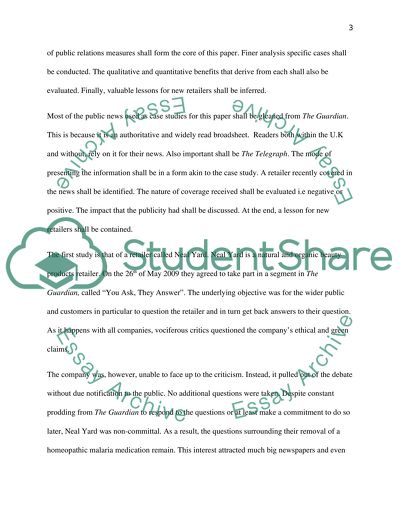Cite this document
(“How retailers can achieve good PR coverage Essay”, n.d.)
Retrieved from https://studentshare.org/marketing/1398109-how-retailers-can-achieve-good-pr-coverage
Retrieved from https://studentshare.org/marketing/1398109-how-retailers-can-achieve-good-pr-coverage
(How Retailers Can Achieve Good PR Coverage Essay)
https://studentshare.org/marketing/1398109-how-retailers-can-achieve-good-pr-coverage.
https://studentshare.org/marketing/1398109-how-retailers-can-achieve-good-pr-coverage.
“How Retailers Can Achieve Good PR Coverage Essay”, n.d. https://studentshare.org/marketing/1398109-how-retailers-can-achieve-good-pr-coverage.


